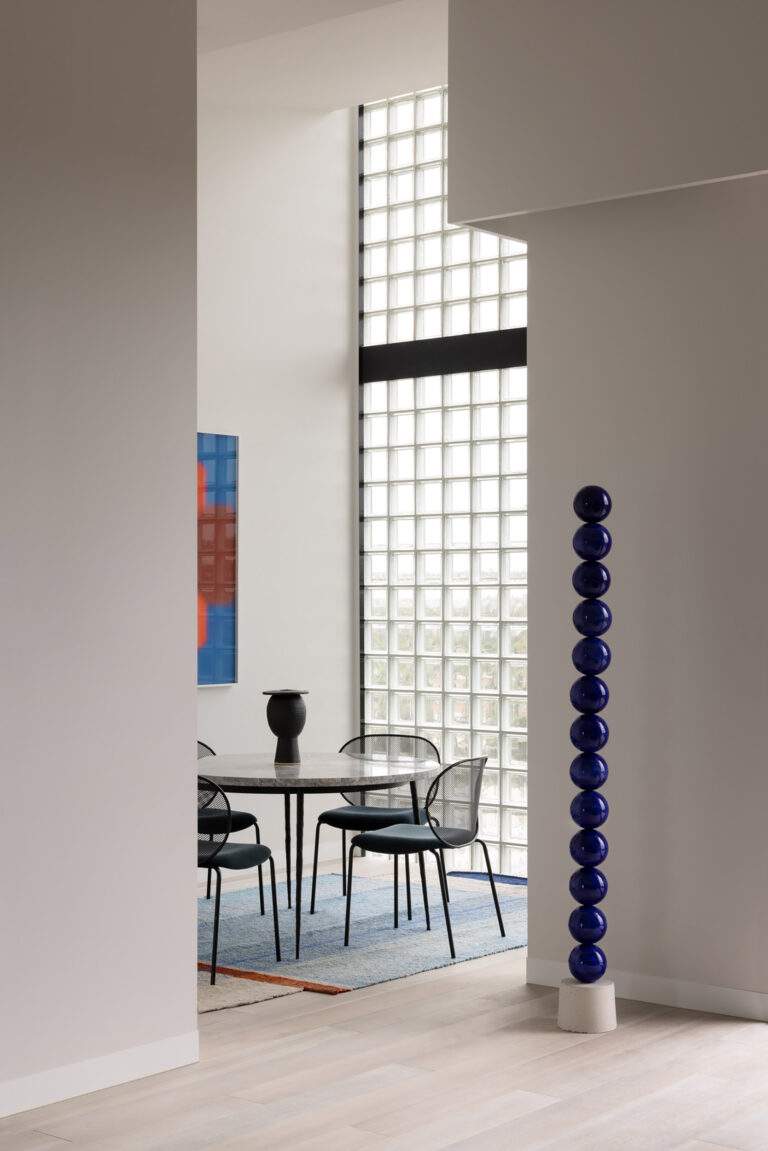What Is Islamic Design?
Islamic design can be observed principally in the Bedouin States and Muslim-greater part nations all over the planet, as well as in European nations with Middle Easterner or Islamic accounts, like Spain and Portugal.
Islamic design is a centuries-old classification of engineering in the standards of Islam. The striking sculptural structures and frequently stunning fancy detail that portrays Islamic structures incorporate the absolute most dazzling constructed structures on The planet.
History of Islamic Engineering
Islamic design alludes to a style of engineering that was made as an actual sign of the standards of Islam by the Mohammedan in the seventh century, a practice that proceeds to the current day. The structure goes with the mosque or Muslim spot of love.
Yet, Islamic engineering envelops both common and strict structures, including scope mosques, fortifications, castles, burial chambers, and public structures. For example, schools to more limited size structures including wellsprings, public showers, and homegrown designs.
Existing styles like Roman, Byzantine, and Persian design have also impacted early Islamic engineering. As Islamic design spread from the Center East all through the world, explicitly to spots. For example, Chinese and Mughal engineering affected Asia.
Islamic-mosque design in pieces of Europe is a form of Islamic engineering that was created by the North African Muslims who vanquished the Iberian Landmass and many encompassing Western Mediterranean islands and fostered the style more than many long stretches of rule. Numerous noticeable instances of this style are in Spain. During the nineteenth century, a restoration development was incorporated crafted by Catalan draftsman Antoni Gaudi.
Key Attributes of Islamic Engineering
Minarets
Transcending towers with inside flights of stairs and little windows, minarets are striking to check out and serve a necessary capacity, calling Muslims to supplication five times each day.
Arches
Islamic design highlights arches put on structures called pendentives that make it conceivable to fit a round vault on a rectangular or square room. Therefore, pendentives are regularly with mosaic tiling.
Muqarnas Vaulting
Looking like a honeycomb or underground rock formation design, elaborate muqarnas vaulting adds a textural and monochromatic touch to the roofs of frequently unpredictably and beautifully tiled insides.
Curves
Horseshoe (or keyhole); pointed (antecedent to Gothic); scalloped multifoil; and ogee-style curves.
Decorative Subtleties
Islamic beautification frequently incorporates multi-hued mosaic tiling highlighting rehashed designs and non-metaphorical mathematical or vegetal themes and examples like the arabesque. It additionally ordinarily incorporates the utilization of Arabic calligraphy scripts, like entries from the Qur’an.
Another striking element is mashrabiya, or wood grid work, that is on windows for protection and environment control and o in a cutting edge setting as an embellishing component of choice for isolating inside spaces. Moreover, other embellishing components of the Islamic plan incorporate divider canvases; plaster model and divider boards; and enriching woodwork.
Outside Components
Islamic design frequently includes gardens; walled inside patios; open hypostyle lobbies held up by sections and vaulting.
Well known Instances of Islamic Engineering
The Arch of the Stone in Jerusalem, Palestine
Dating from the seventh century, this well-known public hallowed place is the world’s most established standing Islamic landmark. Additionally, the principal Islamic structure to highlight a Byzantine-style vault, the development of The Arch of the Stone was perhaps the earliest model in the advancement of an Islamic style. Furthermore, the gold-plated wood arch is arranged on an octagonal base. The actual structure is beautified with botanical and mathematical mosaics.
The Taj Mahal in Agra, India
A UNESCO World Legacy Site Regularly and one of the New Seven Marvels of the World, the Taj Mahal is the illustration of Islamic design in the world. In fact, joining components of Persian, Indian, and Islamic engineering, this rambling seventeenth-century sepulcher complex has become one of the world’s most well-known vacation spots and valued selfie sceneries. Quickly conspicuous on account of its impressive focal white marble burial place. Closer assessment uncovers mind-boggling subtleties like valuable trimmed stones and Arabic calligraphy.
The Alhambra in Granada, Spain
The Alhambra is a fourteenth-century castle and fort and UNESCO World Legacy Site on a level sitting above Granada, Spain. While the complex has lost a portion of its unique constructions in the course of the most recent 700 years. What survives from this great complex is a dazzling illustration of Islamic compositional adornment. For instance, cut wood and plaster, bright tiling, calligraphy, and muqarnas that design the Court of Lions.
Heydar Aliyev Center in Baku, Azerbaijan
A notable illustration of a modernized rendition of Islamic style is this grant-winning 2013 social community planned by the Iraqi-English modeler Zaha Hadid, who passed on in 2016. The structure reworks the trademark stream of compositional components found in conventional Islamic plans, resounding with hundreds of years of custom while showing up unfalteringly contemporary.




